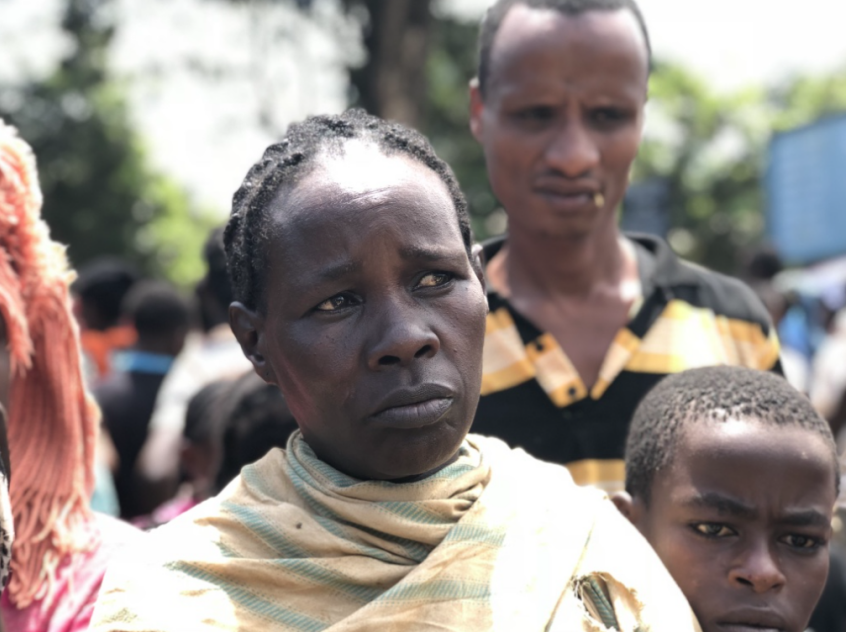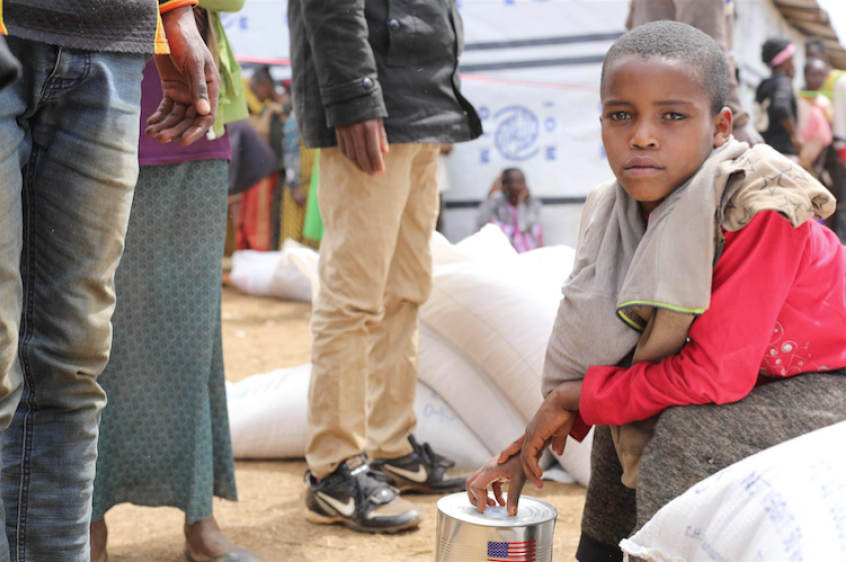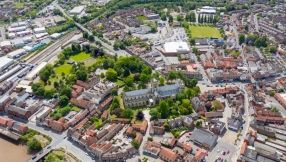Zenebech's eyes are filled with worry and fear as she wonders whether she will ever be able to return home. Along with her seven children, she is sheltering in a church compound in Kochere, Ethiopia's SNNP region, after fighting broke out in her home town in June.

Inter-communal violence in Gedeo (SNNP region) and West Guji (Oromia region) zones has displaced more than 1 million people since April. Although the security situation has improved in some areas, tensions among communities in the neighbouring regions remain high.
Like many other displaced people, Zenebech and her children arrived at Kochere with virtually nothing but the clothes they wore.
'There was no time to grab anything, the moment we heard the gunshots, we fled, leaving behind everything,' Zenebech says.
Thinking about what she has left behind is painful. At the farm, she grew coffee, bananas and millet. Now, she has nothing to do but sit and wait.
'It pains me, that I can't cultivate crops on my land and feed my children,' she says.
Many displaced people fled as their villages were being razed to the ground. Having lost their livelihoods, they can only rely on humanitarian assistance for survival as they shelter in schools, churches, bus stations and government's institutions.

Inside the church compound, families cram on concrete floors, braving the biting cold of the night. They keep themselves warm by lighting fires, continuously cutting trees to sustain the firewood demand.
Services like clean water and sanitation are in short supply, meaning that people cannot shower or wash their clothes, increasing the risk of diseases.
'The level of suffering endured by internally displaced people in southern Ethiopia is as bad as anything I've seen,' says Edward Brown, national director of children's charity World Vision Ethiopia.
'Many have lost everything and are living in appalling conditions. This is one of the worst humanitarian emergencies I have seen in nearly 20 years.'
Although a series of reconciliation meetings facilitated by the Ethiopian government have been held between Gedeo and West Guji leaders, many displaced people, particularly children, remain without adequate food, water and shelter.
Children are unable to go to school and are in urgent need of protection. They face malnutrition and the risk of contracting diseases, including cholera and skin infections like scabies.
Charities are working around the clock to help those displaced, but the crisis remains dire.
As World Vision, we have provided emergency food assistance donated by the US government, reaching a total of 640,000 people. We wish to reach around 1,050,000 by September, but more funds are needed to scale up our response.
Without the help from the international community, we will only be able to reach a limited amount of people, meaning that hundreds of thousands will continue to live in makeshift shelters wondering whether they will ever be able to go back to their lives.
If you want to know more about World Vision's work in East Africa, click here
Lucy Murunga is World Vision's communications adviser for emergencies, East Africa region.













